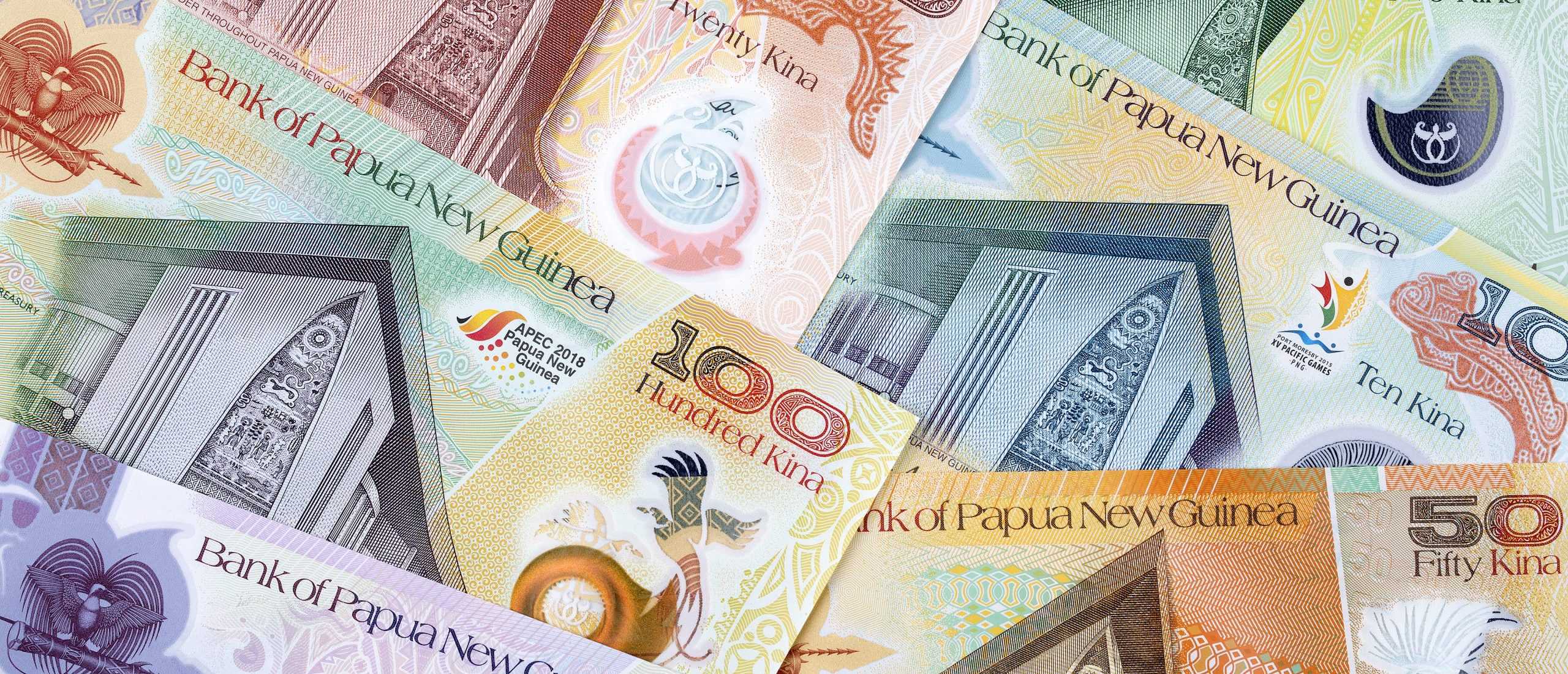Papua New Guinea National Superannuation Fund (Nasfund)’s dividend payout for this year is likely to be more than K20 million (US$5.6 million) lower, acting chief executive officer Rajeev Sharma says.
“Our 2023 results will also be impacted by the reduced treasury bills and Government Inscribed Stock (GIS). This all no thanks to the increase in banking tax from 30 percent to 45 percent,” he added.
Sharma said: “We have seen last year’s interest offering from treasury bills and GIS reduced by three per cent, treasury bill which was 7.2 percent was down to 3.5 to four per cent, which now means for the same amount of money, I will receive less income.
“That is our challenge now, but on the positive side, we are seeing announcement of Front End Engineering Design (Feed) for Papua LNG happening.
“This means more economic activity will take place and more opportunity to invest.
“With constraints in Foreign Exchange (FX), we are unable to send money overseas for investment.
“Hopefully, resource projects come on board, we will have availability of FX and some money overseas for that.”
Sharma, Nasfund executive committees and board directors were in Lae yesterday for the employers’ conference.
He also announced an after tax net profit of K256 million (US$72 million)in 2022 for Nasfund.
Meanwhile, a Superannuation fund says there is a pay imbalance between the genders where men will have more savings than women over the next 15 to 20 years.
Sharmar said their database showed this imbalance more prominent with members over 60 years of age.
Sharmar said for those in their 30s and 40s, the pay gap bias was less, given that more women were employed now than before.
“Going back to our database, there is actually a huge difference in pay gap bias for those over 60 years of age,” he said.
“But the pay gap for 30 to 40 year olds is actually catching up; in 30 years’ time, with more drive, more education on the members’ balance, the imbalance will go away.
“For now, this imbalance will continue for another 15 to 20 years longer.”
Sharmar said the pay gap bias was a global issue, not unique to Papua New Guinea.
“Around the world, the women’s balance is always lower than the men’s balance and there are many reasons for this,” he said.
“A common reason is biological like taking maternity leave or a year’s leave to raise a baby, which if unpaid, no contributions go towards the fund savings, hence a lower balance at the year’s end.”
Sharmar said the trends around the world were seeing this gap closing.
